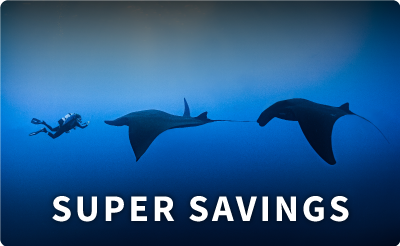It is a great privilege to be allowed to visit Guadalupe Island. On our most recent voyage out there, we were very fortunate to get some fantastic images of resident elephant seals using a long-distance telephoto lens during a rarely permitted shoreside visit. What made this visit all the more specia is the sad history of the elephant seal and their amazing “comeback”.
American and white european fur traders first decimated the sea otter population on the west coast of North America following Captain Cook’s first visit to this part of the world and the subsequent commercial demand for sea otter pelts. Reports indicate that the value of a single otter pelt in Manchuria at the height of that trade was in excess of $100,000 (adjusted for inflation). Sea otters were wiped out and the hunters turned their attention to other marine mammals. Elephant seals were heavily targeted from 1846 until 1860 when there were so few animals left that the hunt was no longer considered economically viable. By the 1880’s, the elephant seal was considered extinct until an expedition by Smithsonian Institute to Guadalupe Island in 1892 during which 8 animals were discovered. 7 of which were killed. Heartbreakingly, 4 of the 7 dead animals were left on the beach and not even recovered for scientific purposes (as reported by Charles H. Townsend of the New York Aquarium). Estimates were hurriedly revised from extinct to a pocket of 20 – 100 elephant seals still alive on Guadalupe Island. In 1911, 125 animals were counted on an expedition led by Charles H. Townsend. And then in 1922, 264 animals were counted. Kudos – huge kudos – to the mexican authorities who declared the elephant seal to be a protected species and backed that up with a show of naval force. Astonishingly, the population has now rebounded to in excess of 150,000 animals over their entire former range.!!!!
Very likely, it was the migration schedule of the elephant seal that tricked us into giving them up for extinction. The concern now is about their lack of genetic diversity given that all the elephant seals are the descendants of a handful of bulls. This DNA bottleneck may make the entire population vulnerable to disease.
In the meantime, we wish them will and suggest that they keep a shark – I mean sharp – lookout for our big white toothy friends cruising back and forth 100 metres offshore.
Captain Mike








